Inside the Maglev and Railway Park
The Central Japan Railway Company’s Maglev and Railway Park in Minato City, Nagoya, is a train museum that has a blend of technological innovation and nostalgic preservation.
CONTENTS
From Past to Future: Maglev and Railway Park
The museum does a good job of showcasing Japan’s engineering excellence, from their historical locomotives to their futuristic magnetic levitation (maglev) trains.
It houses 39 real railway vehicles, train cab simulators, a diorama of Japan’s railway system, and a hands-on maglev exhibition that explains how the magnetic system works.
Exterior of the Maglev and Railway Park
The Main Attractions
The SCMaglev
The obvious main attraction, and the reason the Maglev and Railway Park even exists, is the Superconducting Maglev (SCMaglev). However, I was very surprised that there was only one train, an older model, on display.
The Superconducting Maglev (SCMaglev)
The Great Rolling Stock Hall
Something I thoroughly enjoyed was The Great Rolling Stock Hall in the center of the museum. It’s like taking a stroll through time, giving you an opportunity to explore the evolutionary timeline of Japan’s trains.
From the steam locomotives of the 19th century to the speedy, sleek, aerodynamic marvels of the present day Shinkansen (Bullet Train).
Evolutionary Timeline: The Great Rolling Stock Hall
Train Simulations
There are two ways you can experience the simulated speed of Japan’s trains.
The first is a Maglev passenger simulation, where you choose a seat, sit down, and enjoy the ride. It gives you the chance to feel what it’s like to commute on a Maglev train.
The second is the Shinkansen driving simulator. For just 500 yen, this simulator gives you the rare opportunity to experience what it’s like to drive a bullet train.
I didn’t have the opportunity to try the driving portion of the museum because slots were filled by the time I got there. I recommend going early if this is something you want to do.
Overall, the simulators give visitors a chance to experience the speed and efficiency of Japan’s trains firsthand. It’s like taking a ride into the future of transportation in a safe, somewhat realistic setting.
Interactive Exhibits
One of the things I really enjoyed were the hands-on, interactive exhibits explaining the SCMaglev system. Even with the very technical translated English, the hands-on exhibits made it easy to understand the science of how the Maglev works.
Diorama Delight
I imagine the Railway Model Diorama would be an irresistible attraction for any train enthusiast. It’s a pretty realistic miniature recreation of Japan’s expansive railway system.
Times and Prices
The museum is open every day except Tuesdays and during the New Year’s holiday. It opens at 10:00 AM and closes at 5:30 PM, and last admission is at 5:00 PM. I recommend getting there early if you want to try your hand at the Shinkansen driving simulator.
Maglev and Railway Park Hours of Operations
Getting to The Maglev and Railway Park
Getting to the Maglev and Railway Park is as convenient as the location itself. You can take the Aonami Line from Nagoya Station to Kinjō-futō Station, and from there, the museum is just a short walk away.
Aonami Line Entrance
Aonami Line Station Name Sign
Aonami Line Ticket Machines and Train Route Map
Signage to the Maglev and Railway Park
Is It Worth a Visit?
The exhibits at the Maglev and Railway Park cater to visitors of all ages. And being infatuated with trains, or maglev technology, isn’t a prerequisite to appreciate the park.
I think that exploring the generations of life-size trains and the interactions with the exhibits are enough to intrigue any visitor, regardless of age or interest in trains. I was genuinely interested and truly enjoyed my visit to the museum.
However, if this is your first visit to Japan, and you’re not an engineer, or a train enthusiast, you may want to give this a pass. Japan is full of amazing places to visit, and I feel like this one doesn’t make the short list.
Want a Unique Japan Trip?
Discover Japan planning secrets with our best selling Itinerary Planning Course. Or inquire about our exclusive Small Group Tours.


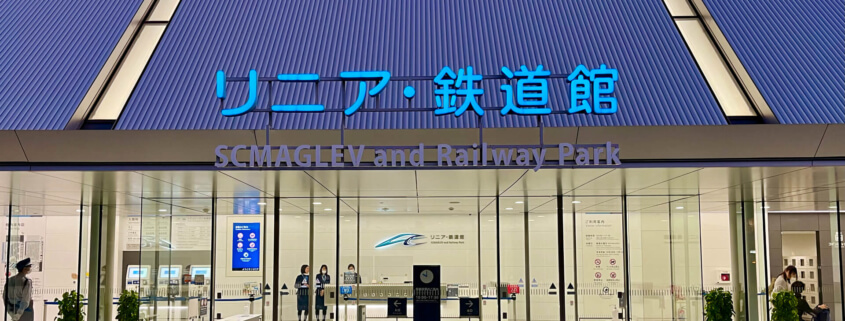 ©JAPANandmore.com
©JAPANandmore.com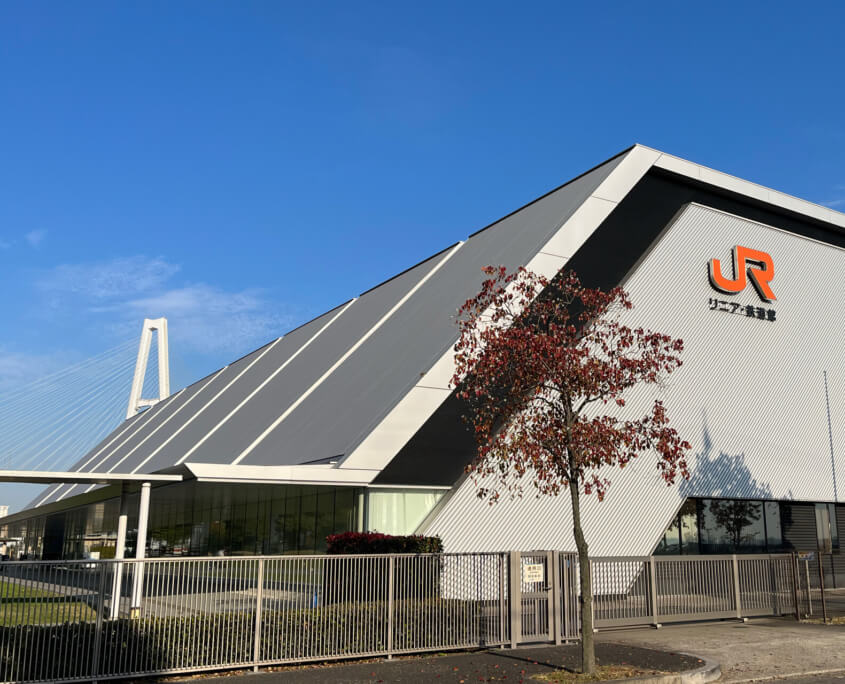
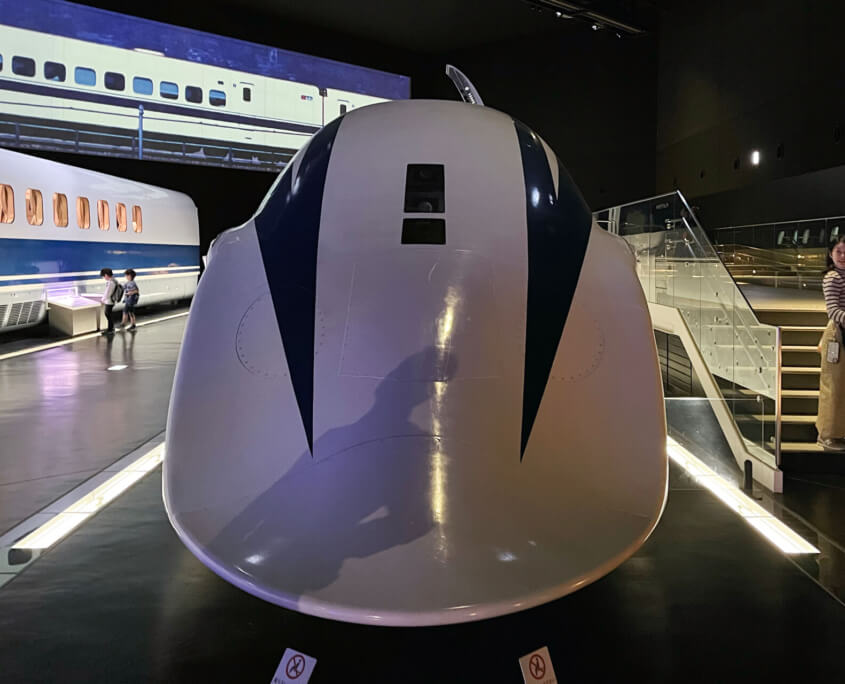
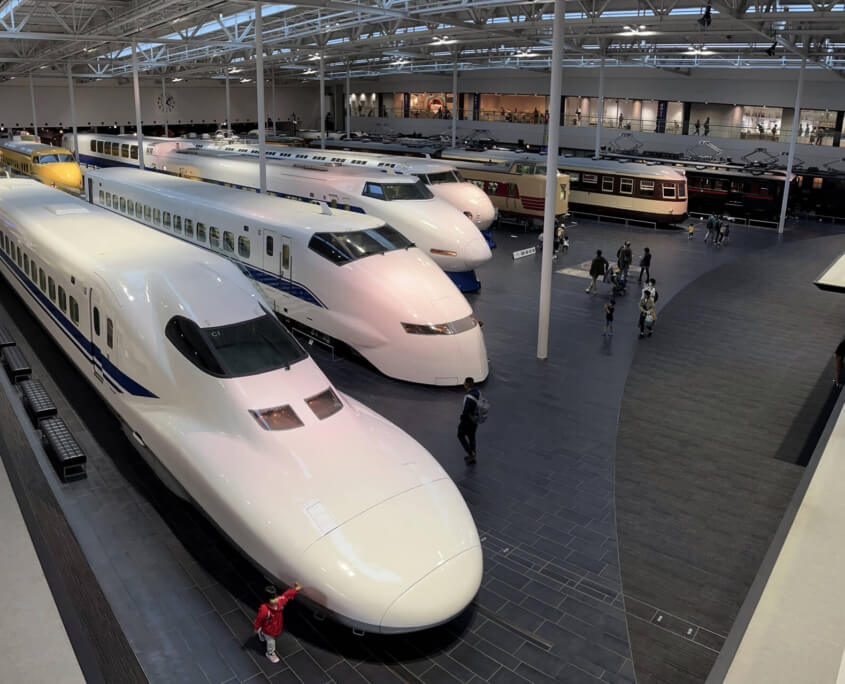
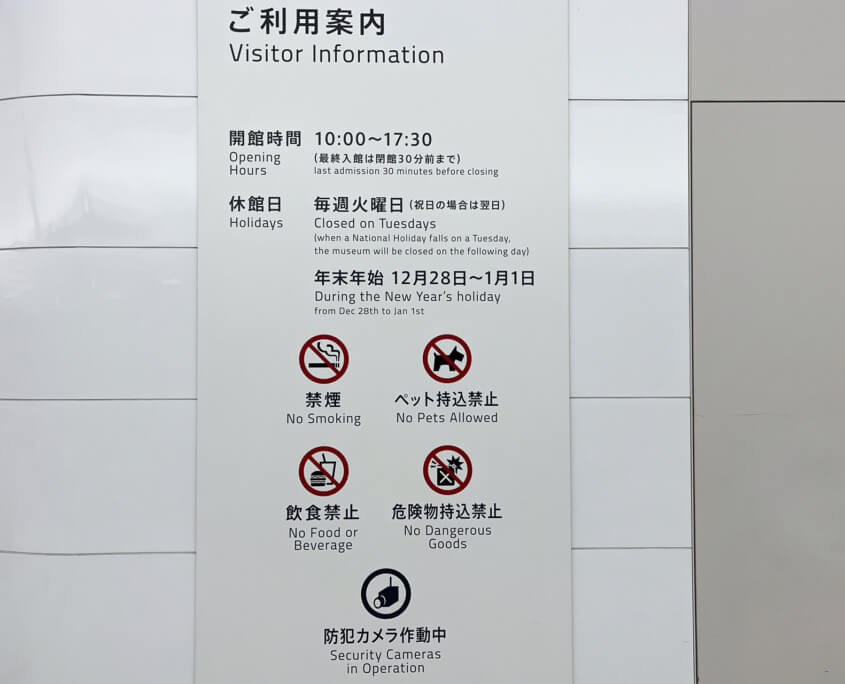
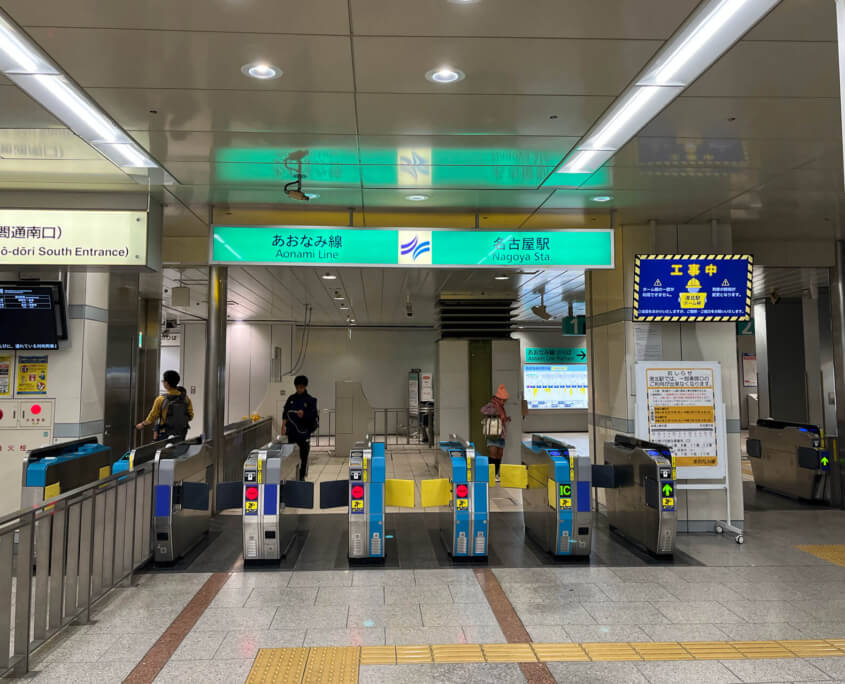


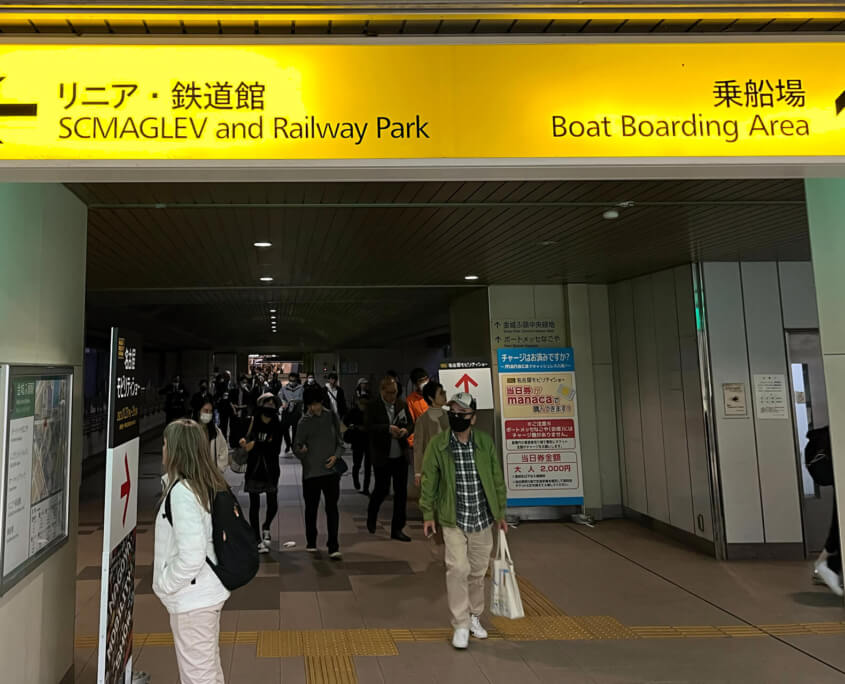
 ©JAPAN and more
©JAPAN and more  ©JAPANandmore.com
©JAPANandmore.com 
 ©JAPANandmore.com
©JAPANandmore.com 
 @JAPANandmore
@JAPANandmore 




 @JAPANandmore
@JAPANandmore
